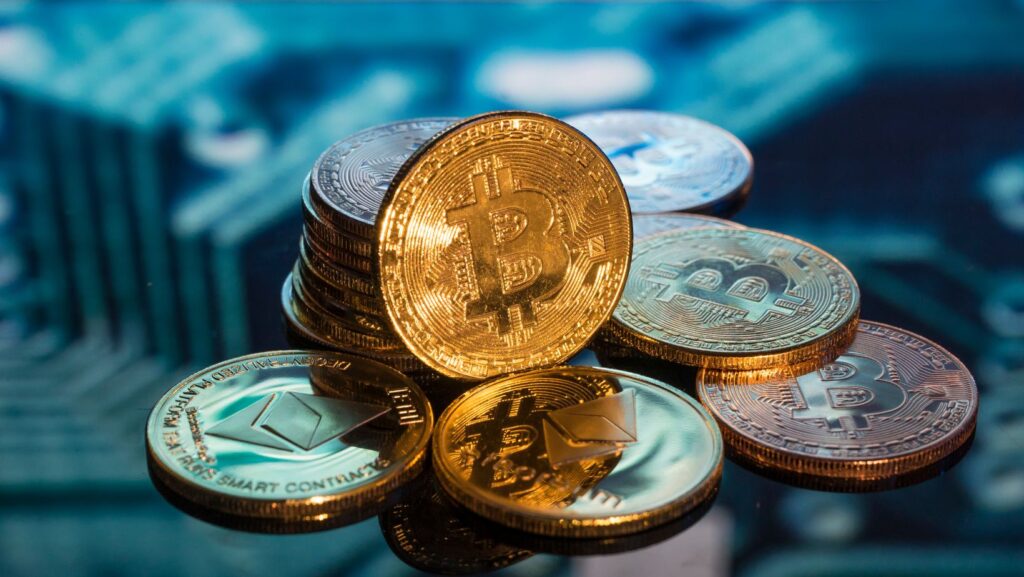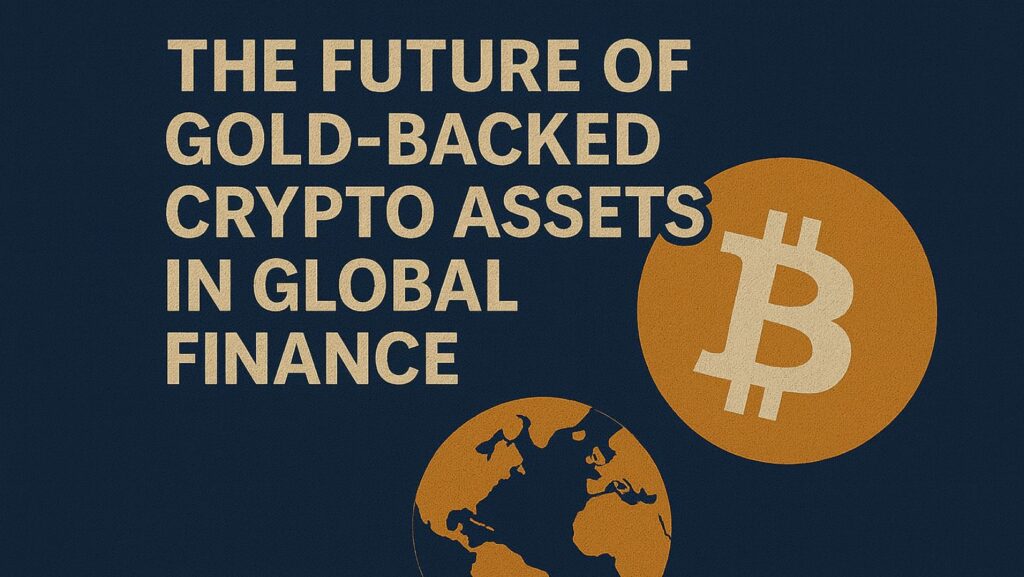Gold-backed crypto assets are gaining ground fast. These tokens, like PAX Gold (PAXG) and Tether Gold (XAUT), tie digital value to physical gold reserves in vaults. Each token equals one troy ounce of gold, blending blockchain speed with gold’s stability. In September 2025, the market hit $2.57 billion, led by PAXG at $983 million and XAUT at $1.3 billion after Tether minted 129,000 new tokens worth $437 million.
This surge ties to gold’s rally. Spot prices reached $4,136 per ounce on October 14, 2025, up 68% year-to-date amid trade wars and inflation. Tokens like PAXG, regulated by New York’s financial services, allow redemption for physical bars, building trust through audits.
Investors see them as a bridge. They offer gold exposure without storage hassles, while crypto adds liquidity. As global debt tops $300 trillion, these assets appeal to those fleeing fiat risks.
Drivers of Momentum in 2025
Economic uncertainty fuels adoption. US-China tariffs and sticky 2.7% inflation push capital to havens. Gold-backed tokens surged 40% in April 2025 during trade spats, with volumes hitting two-year highs. Central banks now hold 24% reserves in gold, a record, signaling diversification.
DeFi integration boosts utility. Tokens serve as collateral on Aave, yielding up to 33% APY in pools. This draws crypto users seeking stability amid BTC’s 12% October dip. Shariah-compliant options like Comtech Gold (CGO) open doors to Islamic finance.
Retail and institutions join in. Fractional ownership starts at $50, making gold accessible. ETF inflows of $4.9 billion in Q1 mirror $141.5 million into PAXG since June. As gold-backed cryptocurrencies evolve, they hedge volatility while enabling yields.
Challenges and Regulatory Hurdles
Growth faces obstacles. Counterparty risks loom if vaults fail, though audits from firms like Withum help. Liquidity lags BTC, with thinner volumes risking slippage in rushes. Annual fees around 0.4% and redemption minimums, like XAUT’s 430 ounces, deter small holders.
Regulations tighten. The EU’s MiCA and US SEC classify some as securities, demanding compliance that burdens smaller issuers. This could slow innovation but adds legitimacy. Environmental concerns from gold mining clash with crypto’s green push, though recycled backing counters this.
Geopolitical stress persists. Ongoing crises mean financial turmoil won’t fade soon, per studies on hedging tools. Overcoming these will decide if tokens stay niche or scale globally.
Future Prospects: Tokenization and Beyond
By 2026, the market could double to $5-6 billion as gold eyes $4,200. AI audits and multichain support will enhance transparency, while NFT integrations add collectibles. Central banks may tokenize reserves, pegging CBDCs to gold for stability.
DeFi yields could hit 5% with broader adoption. RWAs like tokenized gold might unlock trillions, blending with payments for instant settlements. In emerging markets, they shield savings from inflation via cheap transfers.

As gold-backed cryptocurrencies mature, they redefine finance. Expect $640 million daily volumes if trends hold. They’re not replacing BTC but anchoring portfolios in uncertain times.
Investment Strategies and Outlook
Allocate 5-10% to tokens like PAXG for balance. Buy dips near gold’s $4,070 support; stake in DeFi for income. Pair with volatile assets – PAXG held firm in October’s $19 billion crypto rout.
Forecasts are upbeat. With trade tensions ongoing, volumes could surge 50%. Gold-backed assets offer a resilient path forward, merging tradition with innovation.


